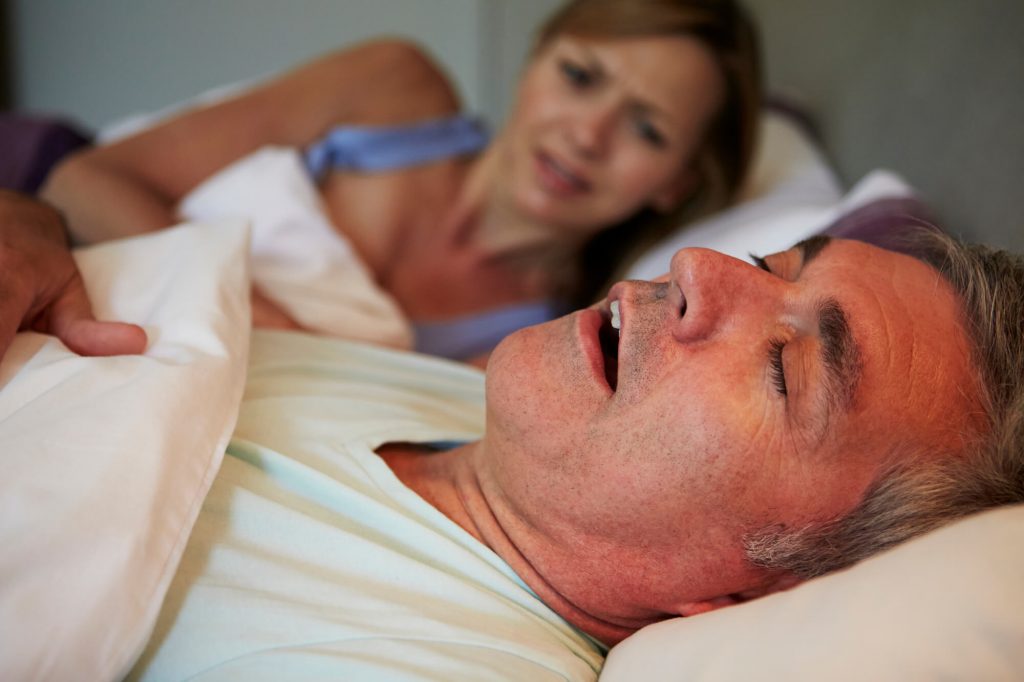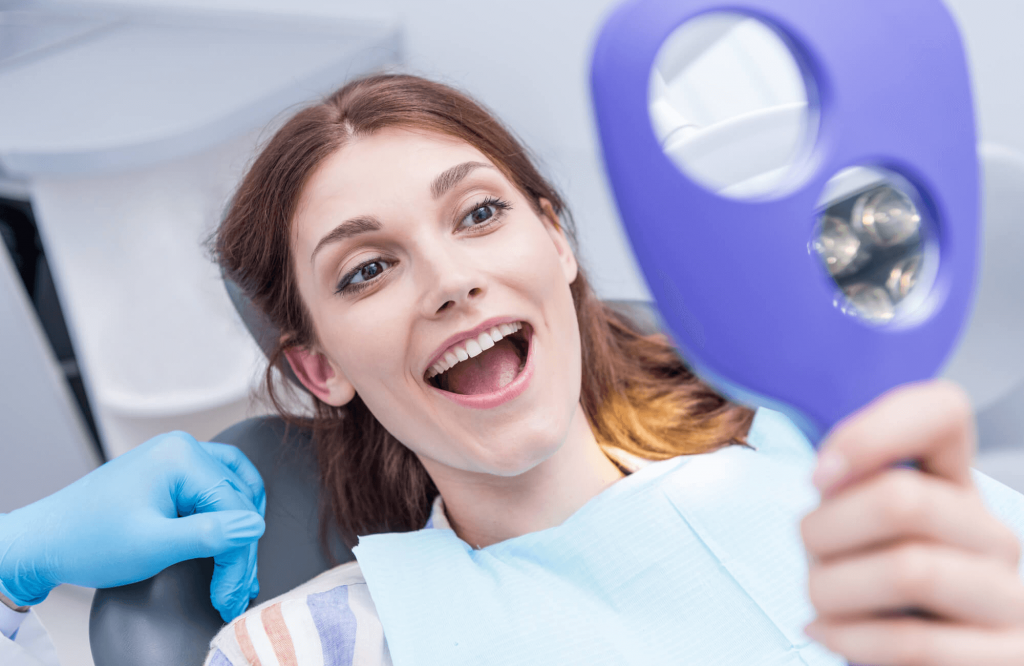Did you know that more than 18 million American adults suffer from a sleep disorder called obstructive sleep apnea (OSA)? Patients with this condition experience restricted or obstructed breathing for 10 seconds or longer during sleep. Without sleep apnea treatment in Las Vegas, OSA can potentially increase a person’s risk of high blood pressure, heart rhythm issues, heart attack, stroke, and insulin resistance.

What You Should Know About Obstructive Sleep Apnea and How Doctors Treat It
Lifestyle Changes
Those diagnosed with mild sleep apnea typically respond to lifestyle changes such as weight loss, quitting smoking and alcohol, and side sleeping.
Weight Loss
Since excessive weight causes fat tissue to build up at the base of the tongue and around the throat, obesity or being overweight is a significant contributor to an individual’s OSA. Studies show that losing just 10% of body weight can help a person breathe more easily at night, reduce the number of sleep apnea episodes, and even cure mild OSA.
Quitting Smoking and Alcohol
Besides negatively impacting a person’s overall health, smoking tobacco products worsens OSA by causing the airways to swell. Likewise, consuming alcoholic beverages before bedtime triggers the upper airway muscles to relax. As this happens, the tissue droops down into the airway, causing breathing difficulties during sleep.
Positional Therapy
People who experience more airway obstruction when they sleep on their backs use positional therapy to help minimize OSA symptoms. Positional therapy refers to an intervention that helps keep someone with OSA sleep on their side. Examples of positional treatment include:
- Using wedge-shaped pillows.
- Sewing a tennis ball into the back of a person’s pajamas.
- Alarms that vibrate when the person rolls onto their back.
CPAP Therapy
If lifestyle measures aren’t enough to address problems with OSA, doctors recommend continuous positive airway pressure (CPAP). This treatment involves using a bulky CPAP mask during the night over the nose and mouth. Moreover, the mask is connected to a device that pumps pressurized air into the airway to enable normal breathing by keeping the throat from collapsing during sleep.
Non-CPAP Treatment Options for OSA
Although the CPAP regimen can be effective, it isn’t appropriate for everyone. Since this treatment can be loud and uncomfortable, sleep specialists confirm that compliance with CPAP therapy continues to be problematic.
As a result, up to 83% of patients fail to comply with the number of hours of CPAP use a night. Luckily, patients with OSA can explore alternative treatments to CPAP to effectively improve their health and quality of life.
Hypoglossal Nerve Stimulation
The hypoglossal nerve is responsible for controlling tongue movement. Medical experts treat OSA symptoms by placing a battery-powered device under the skin of the chest that works to monitor breathing during sleep.
Whenever breathing stops, this device stimulates the hypoglossal nerve to move the tongue and other soft tissues away from the airway’s opening. Besides being an invasive outpatient procedure, this expensive treatment may not be covered by insurance.
Uvulopalatopharyngoplasty
This surgical procedure opens the upper airways by removing tissue from the upper area of the mouth and the back of the throat. In some cases, doctors may have to remove large tonsils and adenoids to make more room for the air to flow. However, this treatment doesn’t guarantee that the patient won’t require CPAP treatment after the procedure.
Somnoplasty
Somnoplasty is a surgical treatment that helps manage sleep apnea and other similar issues related to snoring and trouble sleeping. Moreover, somnoplasty uses low radiofrequency heat energy levels to remove tissues on the soft palate and uvula.
Nasal Surgery
A deviated septum is marked by an improperly aligned wall between a person’s nasal passages. When the nasal septum is significantly displaced to one side, it causes one nasal air passage to become smaller than the other. Correcting this issue via nasal surgery straightens the deviation and minimizes OSA symptoms by improving nasal circulation.
Maxillomandibular Advancement (MMA)
MMA is a corrective jaw surgical procedure for moderate to severe OSA. This treatment aims to create a larger airway by lengthening the upper and lower jaws and moving them forward.
Oral Appliances
Using oral appliances to address mild to moderate OSA symptoms eliminates the need for invasive procedures. Also known as mandibular advancement appliances, these custom-made devices work by moving the jaw and tongue forward or keeping the tongue in place. As a result, the size of the upper airway increases, and the air resistance that triggers snoring and sleep apnea is significantly reduced.

Looking to Find the Best Sleep Apnea Treatment in Las Vegas?
The team of dedicated dental professionals at Dee for Dentist treats all cases of sleep apnea. We start with a sleep study to observe your vitals and determine if OSA is the culprit behind your symptoms. Upon positive diagnosis, we’ll form a personalized care plan to open your airways and restore your quality of sleep. Contact our office today to make an appointment.
